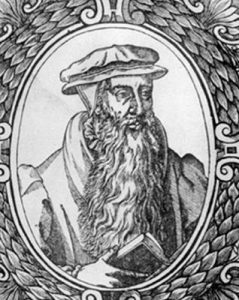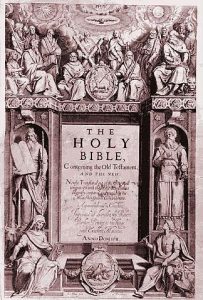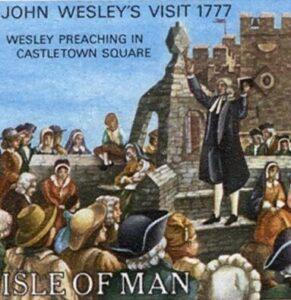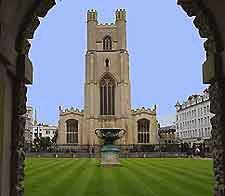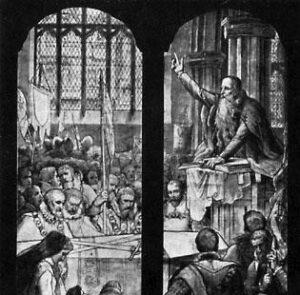XVIth century
At the beginning of the XVIth century, following Henry VIII’s decision to annul his marriage to Catherine of Aragon, the Church of England broke away from Rome, with the king becoming its supreme head. In the second half of the XVIth century, some kings and queens of England were Catholic and others Protestant – of course the population had to follow suit. Elizabeth I chose a compromise between the two which was called Anglicanism. The Church of England was a national Church, independent from Rome ; its liturgy and doctrine were Reformed while its institutions and laws went back to the Middle Ages. Although this Reform movement did gradually transform the Church, there were some members who would have preferred a more radical change, similar to that advocated by Calvin.
XVIIth century
In the XVIIth century, when the Stuarts came to the English throne, there was a violent conflict between the sovereign and Calvin’s supporters, who wanted more radical reforms. The latter, called Puritans, came to power at the time of a bitter dispute between the king and Parliament. After several years of civil war (1642-1649), England became a Republic, governed by Oliver Cromwell. However, at his death, the extremes of Puritanism led to the restoration of the Stuart kings and Anglicanism. When James II, (a Stuart), converted to Catholicism, his son-in-law, William of Orange, a staunch protestant, was sent for to take his place. Following this, the crown passed to the House of Hanover.
XVIIIth century
It was in the context of the Industrial Revolution in the XVIIIth century that Methodism began, led by John Wesley and George Whitefield. In the open air, talented travelling preachers would whip up crowds, usually consisting of the poor and the working class. They called them to turn to God in a spiritual experience called “conversion”. At the end of the century, there was a break with the Anglican Church and the Methodist Church was born. It would have a deep influence on the Anglo-Saxon world. The Anglican Church also had its own Revival movement.
XIXth century
In the XIXth century, there were several different groups within the Church of England. On the one hand, the Oxford Movement, led by John Newman, advocated drawing closer to the Catholic Church. On the other hand, the “Liberals” were anti-dogmatic and tolerant ; they believed in scientific progress and the German style of biblical criticism. As for the “Evangelicals” who had been inspired by the Revival Movement, they were active in missionary and social work. Growing outside the national church were other churches, called the Free Churches : the Baptists, the Methodists, the Congregationalists and the Quakers.
XXth century
In the XXth century, the Church of England sought greater independence from the State and to adapt to modern society. The Anglican Church, which had thrived throughout the British Empire, took an active part in promoting the Ecumenical Movement. It was tolerant towards different kinds of theology and liturgy. However, towards the end of the century the revision of the liturgy, together with the ordination of women, caused quite an outcry. The Anglican Church in England was hit hard by secularisation, in the same way as other Churches throughout the western world.



